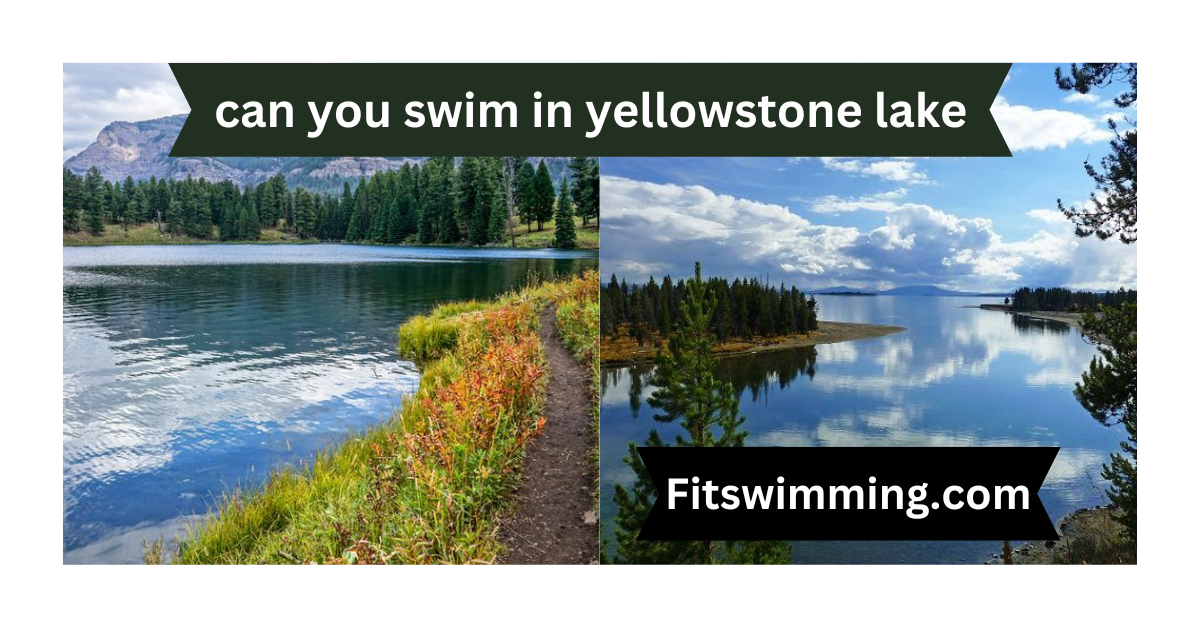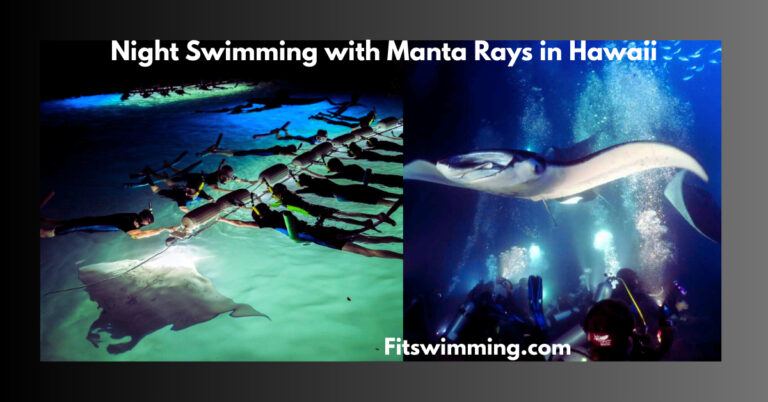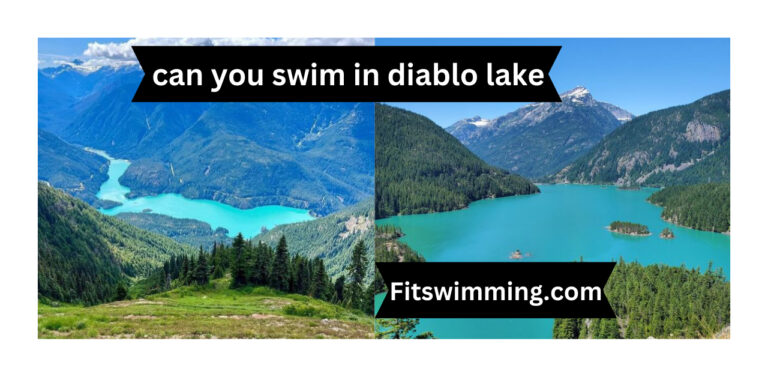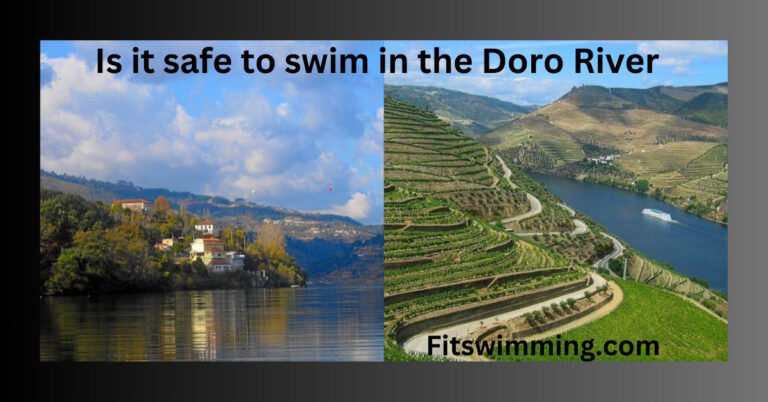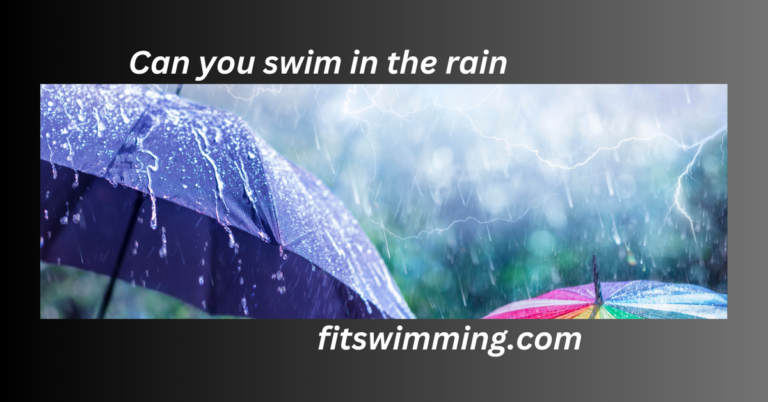Can You Swim in Yellowstone Lake? Rules and Risks
Yellowstone National Park is a truly amazing and beautiful location. It’s famous for its hot water springs that shoot up into the air, the animals that live there, and the stunning views of the land. In this amazing place, you’ll find Yellowstone Lake, which is the biggest high-up lake in North America. Visitors are often tempted to take a dip in its crystal-clear waters, but can you really swim in Yellowstone Lake? In this article, we’ll explore the rules, safety concerns, and alternatives for enjoying the waters of this iconic lake.
What is Yellowstone Lake?
Yellowstone Lake is the biggest lake up high in North America, and it’s one of the most famous things in Yellowstone National Park. It’s found in the state of Wyoming, right inside the park. Yellowstone National Park is mainly in the northwest part of Wyoming, but it also stretches into Montana and Idaho.
Yellowstone Lake covers an area of approximately 132 square miles (342 square kilometers). That reaches depths of up to 400 feet (122 meters). Its high elevation, at over 7,700 feet (2,347 meters) above sea level, makes it a unique and breathtaking natural wonder.
The lake was formed by the last of three major volcanic explosions that created the Yellowstone Caldera, a massive volcanic depression. The lake’s clear waters are primarily fed by mountain streams and thermal springs.
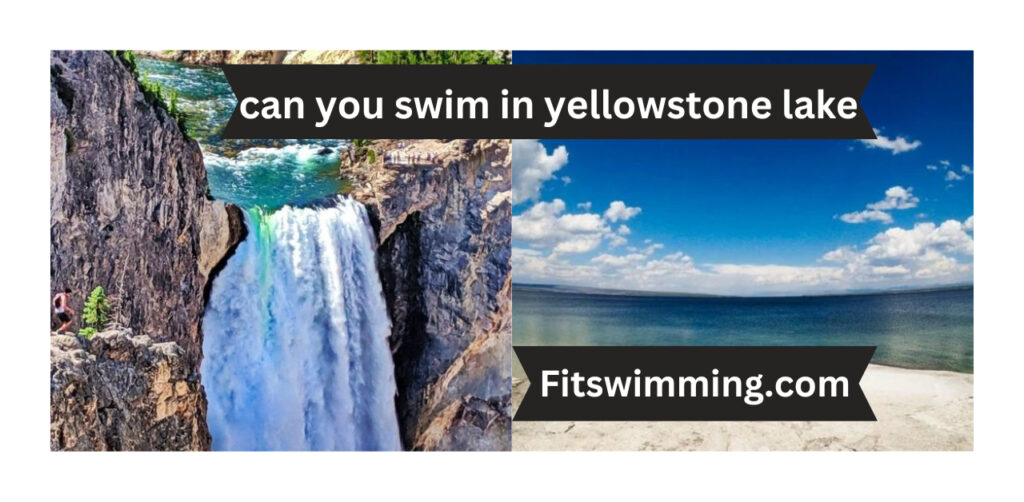
Can You Swim in Yellowstone Lake
Usually, they don’t want people to swim in Yellowstone Lake because it can be risky and could harm the environment. The primary reasons for discouraging swimming in Yellowstone Lake include:
Cold Water Temperatures: Yellowstone Lake is at a high elevation, and its waters remain cold even during the summer months. The frigid temperatures can lead to hypothermia It is a dangerous condition in which the body loses heat faster than it can generate it.
Underwater Hazards: The Lake’s underwater terrain contains geothermal features, submerged logs, and other hidden hazards that can pose risks to swimmers. You might not see these dangers from above, and they can lead to risky situations.
Wildlife and Ecosystem Protection: Swimming in the lake can disturb the delicate balance of the lake’s ecosystem, which includes various species of fish and aquatic life. Interactions with wildlife, especially in their natural habitat, can lead to unpredictable situations. It also causes potential harm to both humans and animals.
Is It Safe to Swim in Yellowstone Lake
Swimming in Yellowstone Lake is generally not considered safe. The lake’s frigid waters, even during the warmer months, can lead to hypothermia, a serious health risk. It consists of underwater hazards, including geothermal features and submerged objects. It poses hidden dangers to swimmers. Yellowstone Lake is also home to various aquatic species, and swimming in their habitat can disrupt the delicate ecosystem.
To ensure both your safety and the preservation of this unique environment. It’s advisable to follow the National Park Service’s regulations and opt for alternative water activities such as boating or fishing to fully enjoy the beauty of Yellowstone National Park.
Can You Swim in Yellowstone Hot Springs
Swimming in Yellowstone’s hot springs is not permitted. The high temperatures and extreme heat of these geothermal features pose significant dangers to swimmers. It includes severe burns and even fatal injuries. The unique ecosystems surrounding these hot springs are fragile. It can be easily damaged by human contact.
To protect both visitors and the park’s natural wonders, it is essential to adhere to the strict regulations that prohibit swimming in Yellowstone’s hot springs. Instead, visitors can enjoy the breathtaking views and geothermal wonders from designated boardwalks and viewing areas, ensuring a safe and respectful experience in one of the world’s most remarkable natural landscapes.
Risks of Swim in Yellowstone Lake
Swimming in Yellowstone Lake carries several significant risks, which is why it is generally discouraged and regulated within Yellowstone National Park. Some of the primary risks associated with swimming in Yellowstone Lake include:
Cold Water Temperatures: Yellowstone Lake is located at a high elevation, and its waters remain cold, even during the summer months. The very cold water can make your body lose heat quickly. Which can be really dangerous and even life-threatening. Swimmers may underestimate the cold and become vulnerable to hypothermia.
Underwater Hazards: The Lake’s underwater environment is treacherous and contains hidden hazards, including geothermal features, submerged logs, rocks, and other obstacles. These hazards can be difficult to spot from the surface and pose a risk to swimmers, potentially leading to injuries.
Wildlife Encounters: Yellowstone Lake is home to various aquatic species, including fish. Swimming where the animals live can mess up how things naturally work in their home and might cause unplanned meetings with them. Some fish species, such as lake trout, can be quite large and may be present in the same areas where people swim.
Geothermal Activity: Yellowstone Lake is surrounded by geothermal activity, and there are underwater geysers and hot springs on the lake’s floor. Venturing into these areas can result in exposure to extremely hot water, causing severe burns or other injuries.
Strong Winds and Changing Weather: Because the lake is so high up, the weather can change quickly, and strong winds can suddenly blow in. Swimmers may find themselves in challenging weather situations, making it difficult to return to shore safely. A very interesting article about lost sea swimming is also discussed. Visit that article to know everything about its interesting facts.
Conclusion: Can You Swim in Yellowstone Lake? Rules and Risks
Yellowstone Lake is a captivating destination that beckons visitors to its shores. While swimming in the lake itself may not be recommended due to safety concerns and park regulations, there are numerous other ways to savor the beauty of this natural wonder responsibly. Make sure to stay safe, follow the rules, and take in the amazing views that Yellowstone National Park has for you.
FAQ’s
Swimming in Yellowstone Lake is generally discouraged due to safety concerns. It includes cold water temperatures and hidden hazards.
Swimming in the Yellowstone River is generally discouraged due to safety concerns. It includes fast-moving currents and cold water temperatures.
The water in Yellowstone Lake is typically very cold, often remaining near freezing temperatures, even in the summer months.
Yes, Yellowstone Lake is definitely worth visiting. It’s one of the most beautiful and iconic features of Yellowstone National Park. It offers stunning scenery and opportunities for outdoor activities like boating and fishing.

